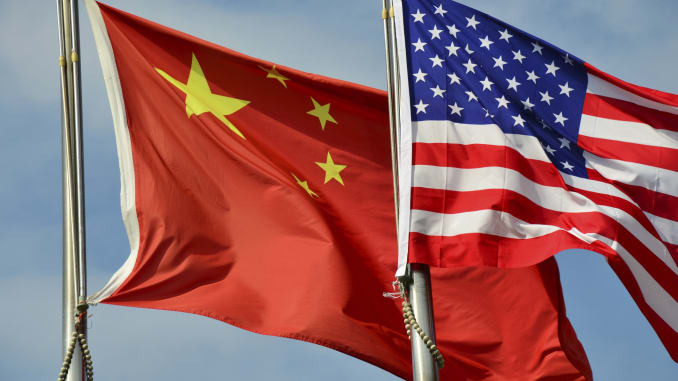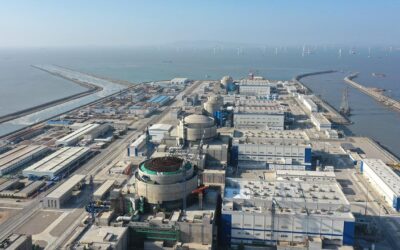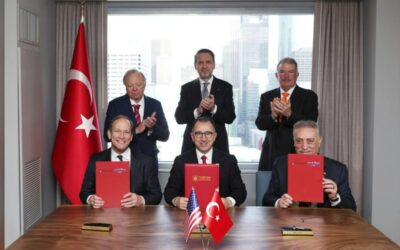South China Sea Disputes and Power Struggles Between the Two Major Powers

Adinda Hertoro, M.A.,
Researcher on the ASEAN and the South China Sea
Süha Çubukçuoğlu, M.A.,
Seaborne Energy Advisory Group Member, Koç University Maritime Forum
The long-standing disputes over the South China Sea (SCS) started in 2009 when China submitted what is known as the “nine-dash line” to the United Nations (UN), causing tensions that remain ebb and flow. However, the maps that China claims were published long before, in 1947, with then the “eleven-dash” forming a U-shaped line. The disputes involve China, Taiwan and four other Association of the South East Asian Nations (ASEAN) member states: the Philippines, Vietnam, Brunei and Malaysia. The conflict, however, is mostly dominated by China, Vietnam and the Philippines with Spratly and Paracel islands under contention. The significance of the sea relies on the fact that it connects to North East Asia and the Western Pacific Ocean and offers the shortest routes between the two and contains major sea lanes of communication. The shipping passage constitutes one-third of the global maritime trade. Moreover, what exists below the surface is an equally significant factor: a projected 28 billion barrels of oil, 260 trillion cubic feet of natural gas and ten percent of the world’s fish stocks. Consequently, overlapping claims and the idea to defend their territories have been clearly defined. The issue was first internationalized by Vietnam on ASEAN Regional Forum (ARF) in 2009; subsequently, US Secretary of State Hillary Clinton made a statement with regard to American interests on the issue.
China’s on-going land reclamation efforts that started in late 2013 have alarmed other claimant countries in the region and also drew attention from Washington. The US rebalance can be further seen in its activity in the disputed area. The US Freedom of Navigation Operations (FONOPs) in the SCS aim to send a clear message for its stance that all nations are obliged to obey the International Law of the Sea as codified in the UN Convention on the Law of the Sea (UNCLOS) and assert its rights to traverse the waters, as aligned with international law. This will be further discussed in subsequent sections of the paper.
ASEAN has a role in facilitating talks between China and other disputants. ASEAN managed to engage China in signing the Declaration of the Conduct Parties (DoC) of the SCS disputes, the non-binding document that encouraged the parties to exercise self-restraint in the conduct of activities that would complicate or escalate disputes and affect peace and stability.
The paper aims to present a general overview pertaining to these disputes and further seeks to disclose implications of the contention between the two major powers, the US and China, on the security of the South China Sea.
Yazar
Recent Posts
- Türkiye’de İklim Değişikliği ve Emisyon Ticaret Sistemi Anketi Sonuç Raporu
- Türkiye’de İklim Değişikliği ile ilgili Olumsuz Algılar Anketi Sonuç Raporu
- Elektrik Santrallerinde Soğutma Kulelerinden Havaya Giden Sıcak Buharın Enerjisi Kullanılamaz mı?
- Hava Kirliliği Nedir? Türkiye‘deki Çalışan ve Planlanan Kömür Santralleri Listesi
- AT GÜCÜ YEŞİL ENERJİDİR




